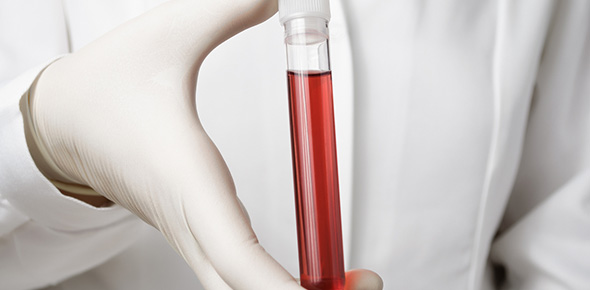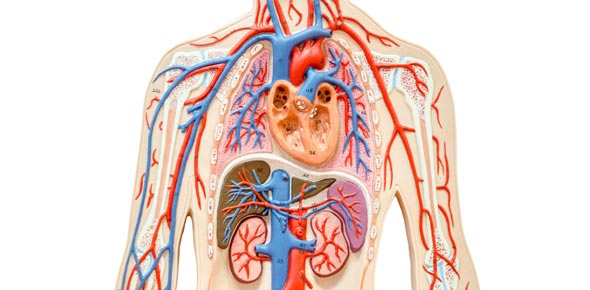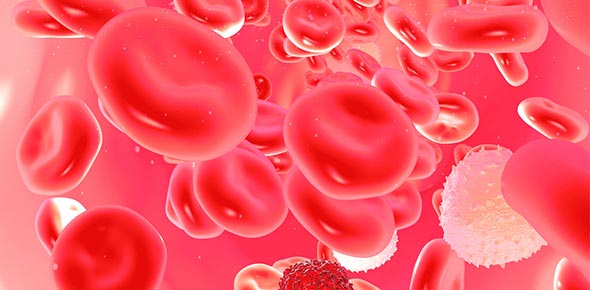Related Flashcards
Related Topics
Cards In This Set
| Front | Back |
|
What type of epithelium lines the lumen of
the trachea?
|
Pseudostratified epithelium
|
|
What are the two modifications of the
epithelium (pseduostratified)?
|
Cilia and Goblet Cells
|
|
What moves dust and mucus away from lungs?
|
Cilia
|
|
What produces mucus?
|
Goblet Cells
|
|
What is the effect of cigarette smoking on the cilia?
|
Cigarette smoking inhibits and destroys the ciliary action
|
|
Is there a deficiency in the hyaline cartilage of the tracheal rings?
|
Yes
|
|
What is the functional reason for this deficiency in the hyaline cartilage of the tracheal rings?
|
To allow easy passage of food in the esophagus
|
|
What characteristics make alveoli ideal for gas exchange?
|
Single layer of epithelial cells on the wall of the alveoli, and large surface area for diffusion of gases
|
|
Made of simple squamous epithelium of the alveoli on one side (alveolar wall) and simple squamous epithelium (endothelium) of the capillary on the other side (capillary wall) and a fused basement membrane of the two in the middle.
|
The respiratory membrane
|
|
Oxygen diffuses down its pressure gradient, from a higher partial pressure region in the alveoli to lower partial pressure region in the pulmonary capillary.
|
|
There is a resultant increase in the thoracic volume from the contractions of the muscles. When the diaphragm contracts, it flattens out and increases the superior- inferior dimension and when the external intercostals contract, it raises the rib cage and increases the anterior-posterior and lateral dimensions.
|
|
The thoracic volume decreases and the pressure increases.
|
|
The partial vaccum created in the pleural space is destroyed and the lung on the damaged side collapses.
This is treated by inserting a chest tube and removing the air and closing off the wound.
|
|
Maximum volume of air that can be expired after a tidal expiration.
|
Expiratory reserve volume, 1200 ml
|
|
Volume of air corresponding to TV + IRV + ERV
|
Vital capacity 4800 ml
|







